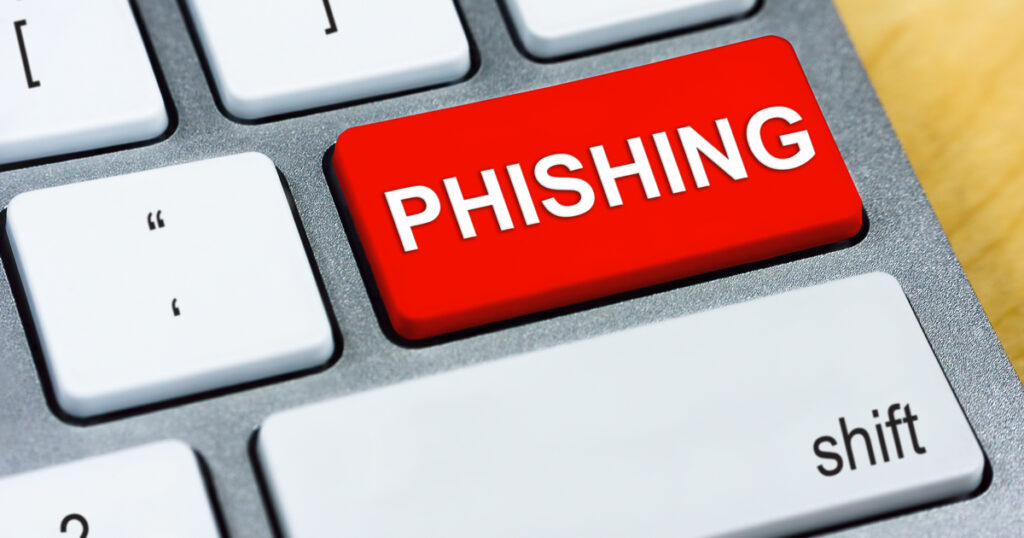
How to spot and avoid them
Phishing attacks are on the rise. Why? Because scammers have had so much success in using them to bilk millions of people out of their identity or their money. Here’s how to spot a phishing attack and avoid becoming a victim.
How Phishing Attacks Work
Phishing attacks are orchestrated by scammers who mask fake emails to look as if they’re coming from a legitimate source, such as a government organization, financial institution, a business colleague, or even a family member. The email references an account you might hold, a recent product order, a business transaction, or something to do with government benefits. They also include a call to action requiring the target to click on a link in the email.
When you click on the link, it redirects you to a fake website masquerading as a legitimate site, asking for your log on credentials and other personal information, which are captured by the scammer as your enter them. The scammer can then use the information to log on to a real website where they can access your accounts and everything in them.
Don’t Be Fooled by a Phishing Email
If a phishing email makes it through your computer defenses, you are the only one standing in the way of a potential attack. Here’s how to guard against it:
Look for a fake sender address: A phishing email often includes a sender address or subject line with misspellings or odd spacing. If you hover over the sender’s email address, it uncovers the actual email address.
Odd salutation: Emails that don’t include your first or last name in the salutation (i.e. “John” or “Mr. Smith), should be discarded.
Urgent call to action: Be suspicious of any email encouraging you to take immediate action to avoid account cancellation, order verification, etc.
Asks for sensitive information: Just know that any legitimate organization, such as a government agency or financial institution, never asks for sensitive information through email.
Suspicious Links: As a general rule, never click on a link in an email unless you can verify with absolute certainty its source.
If you suspect an email to be a phishing attack, forward it to [email protected] (Anti-Phishing Working Group) and file a complaint with the FBI’s Internet Crime Complaint Center (IC3).
Additionally, if you suspect an email and/or text to be malicious and impersonating Alpine Bank, please forward it to Alpine Bank at [email protected].
About This Author

Ross Bentzler
Ross Bentzler is Executive VP and Information Security Officer for Alpine Bank. Ross has worked in the information technology field for two decades, focusing on information security for 13 years.
More about Ross Bentzler


